Today the Local Haze blog welcomes Bay Area residents Michael and Judith. They share their perspectives on air quality monitoring and their experience with the installation of air quality sensors at their apartment building, a Continuing Care Retirement Community (CCRC) with 350 residents.
As background, we connected with Judith and Michael through their son Randy, who works in tech. Randy was an early adopter of our air quality monitoring app, Local Haze, and has given us excellent feedback on our technology.

Welcome Michael and Judith, and thank you for joining us today. Can you tell us about yourselves?
We have lived around the world as well as in the United States. Mike was in the Air Force for 22 years. After Mike retired in 2012, we moved to San Francisco to be near our two children. Judith continued working as a nurse before she retired and went to work in the Apple Store in Union Square (San Francisco). Mike keeps busy working at St. Luke’s Episcopal Church, where he’s an Assisting Priest.
Can you explain what it’s like to live in the Bay Area regarding air quality for people not from the area?
We didn’t notice any difference until a few years ago when the fire seasons worsened because of ongoing droughts, and we had so many days with poor air quality. That’s when we started getting interested in our air quality, wearing face masks on very bad days. Eventually, we started looking for a place outside the city to where we could retreat when the air quality got really bad.
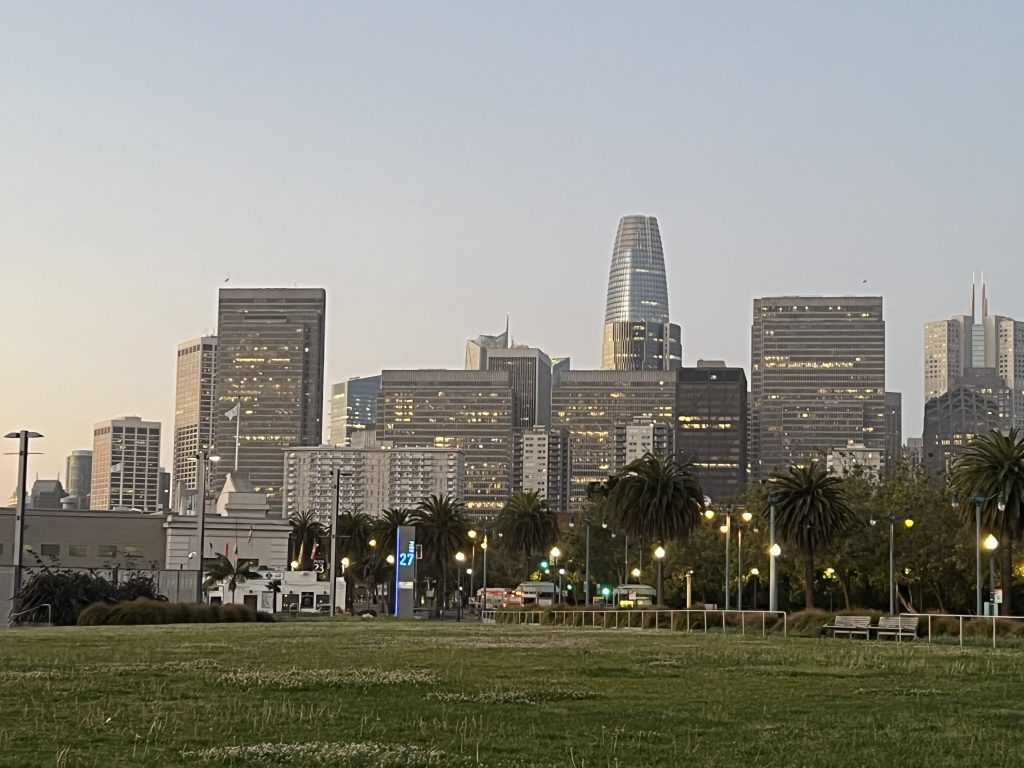
Are there times of the year (e.g. wildfire season) when monitoring the air quality in your location becomes critical from a health perspective? Are there actions you take to protect your health during times of poor air quality?
It’s not just during wildfire season anymore. There are days when the AQI is between 50-100. On those days, we limit our outdoor exposure and simply cancel some outings. We also keep our windows closed during these times, too.
We also purchased two large air purifiers (one for the living room and one for the main bedroom). We also installed a Laser Egg CO2 AQI monitor in our living room, and it’s one of the first things we look at in the morning after we get up.
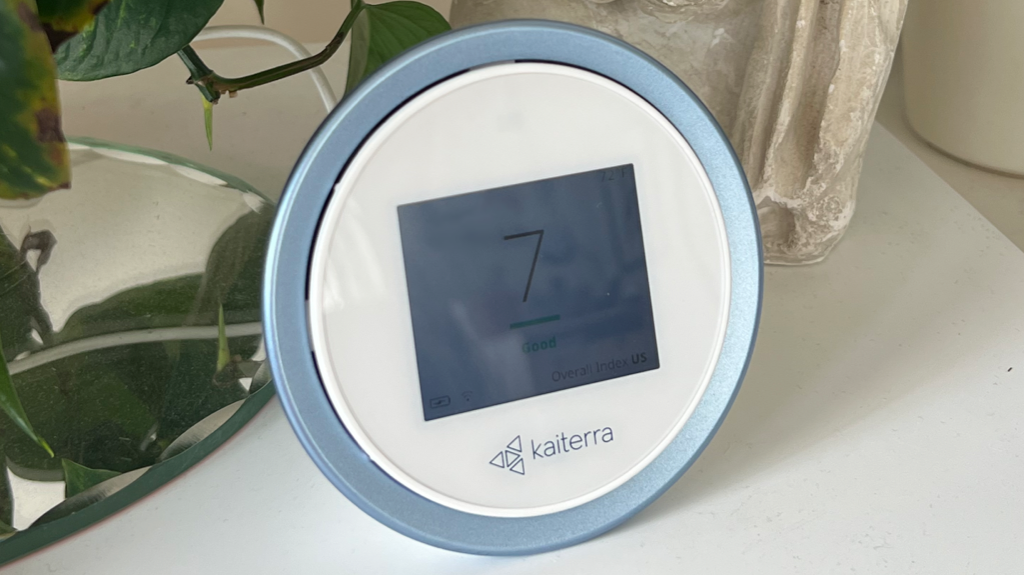
I understand that you requested your residence management to install an air quality monitor on the roof of your Bay Area apartment building. That showed real initiative. What motivated you to request the installation of the air quality monitor?
We had been using the AirNow.gov website but found that it wasn’t always accurate for our area. We live in a Continuing Care Retirement Community (CCRC) with 350 other people. With a little encouragement to management at our Health Advisory Committee meetings, we started discussing the impact of poor air quality on the lives of the seniors in our community.
As a result of these discussions, management purchased two PurpleAir monitors and eventually had them installed, one on the roof of our 26-story tower, and another at street level in one of the garden areas. While it took them a while for management to get the monitors to be fully functional, they have been operational now for about a 18 months.
Did you need to educate your building maintenance team about the use of the monitor and why you felt it was necessary to install one on the roof of your building?
No, once they agreed to the purchase and installation, our building maintenance team learned how to keep the monitors functional. These monitors have become integral to deciding whether its safe to go outside for many of us, particularly those who are at risk because of various health conditions.
How do you access and read the data from the sensor? Do you use any specific apps? Do you use a computer or a phone to read the data from the sensor?
We generally use the Local Haze app for outdoor sensors. For the indoor sensors, we use the Purple Air app.
There’s been continuing education in the building about this topic, so more residents are conversant with AQI, how it may affect their health, and what apps to install on their phones or computers so they can monitor AQIs themselves. There’s been growing interest in this issue.
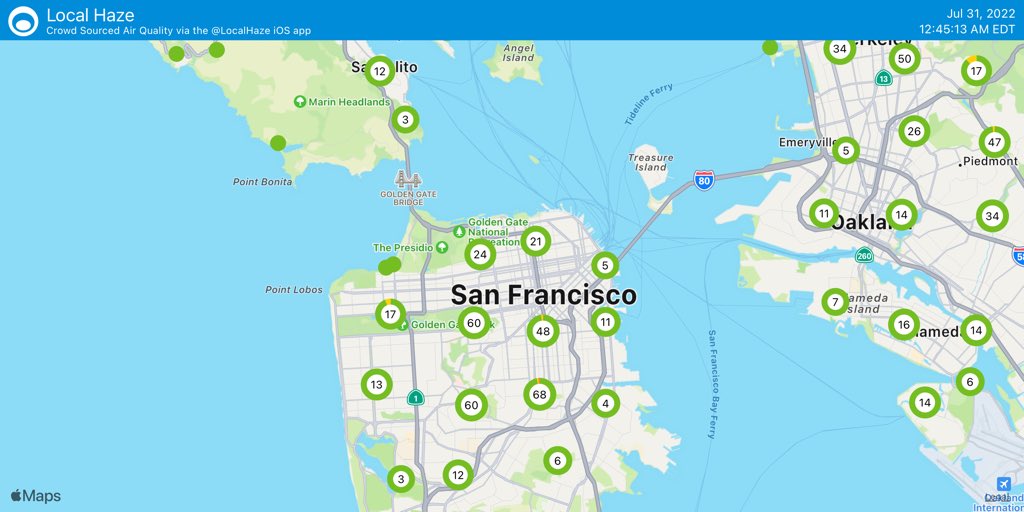
How often do you monitor the air quality readings from the sensor?
We monitor the AQ every day, particularly on those days when there’s a Spare the Air Day for the San Francisco Bay Area, when there are off-shore winds, or when there are fires in the area. Mike walks outside every day, and check the AQ every morning before going out.
Were there any challenges in getting the air quality monitor installed? What results have you seen as result of successfully getting the monitors installed?
Yes, they were challenges – mostly with connecting the sensors to the internet and the resolution of some privacy concerns.
We’ve continued to have discussions of air quality, both in the Health Committee and at Family Council meetings. The latest initiative was that we asked for and finally got small, portable signs (in the building reception area and in the lower garage area where people enter and exit) which post the AQI of the day. So, if it’s above 50, or 100, or whatever the range is that people are sensitive about, there’s a way for people, even those without the various AQI apps, to learn about air conditions and modify their outdoor activities accordingly.
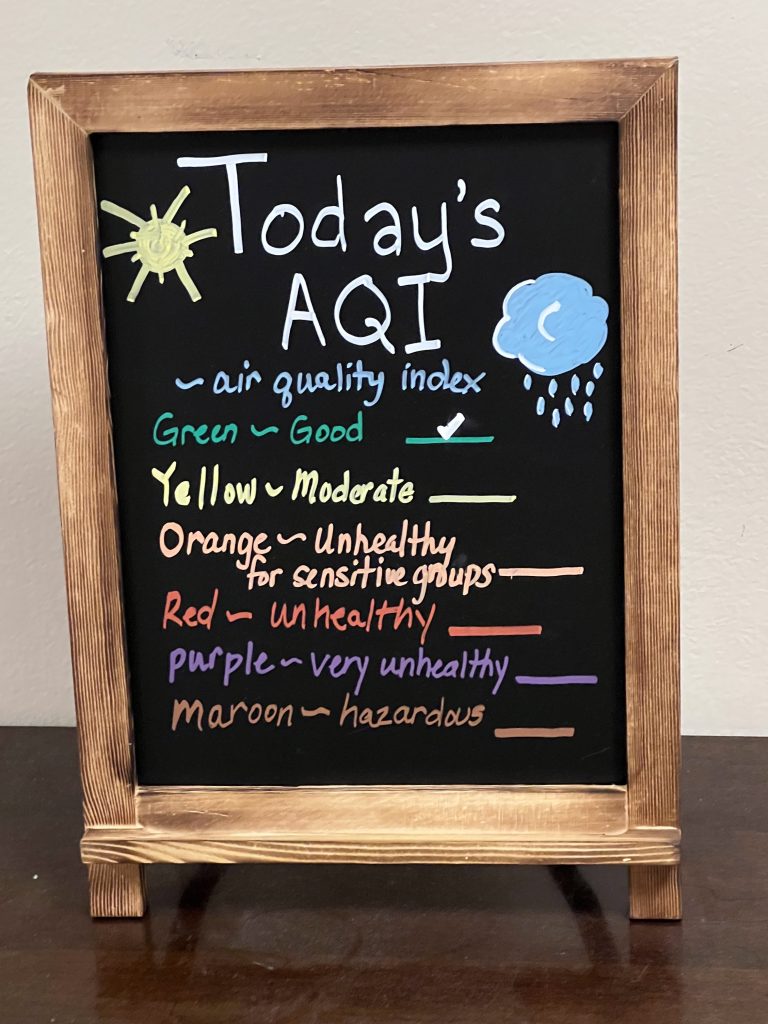
We’re working with management now to come up with a level (which number on the AQI scale) at which they’d make an announcement or somehow communicate to the whole building that closing windows is probably in our best interest. We also sometimes print out and share the average AQ data for a whole week.
What are the names of the sensors in your community?
Sequoia Atrium and Sequoia Rooftop are the names of our outdoor AQ monitors. We also have two indoor monitors: Atrium Level A (Ground level where the Dining Room is) and Atirum Level 6 (this is one that is moved around on the A-Level). We also have a personally owned monitor called B&L Co. located at the NW corner of the building.
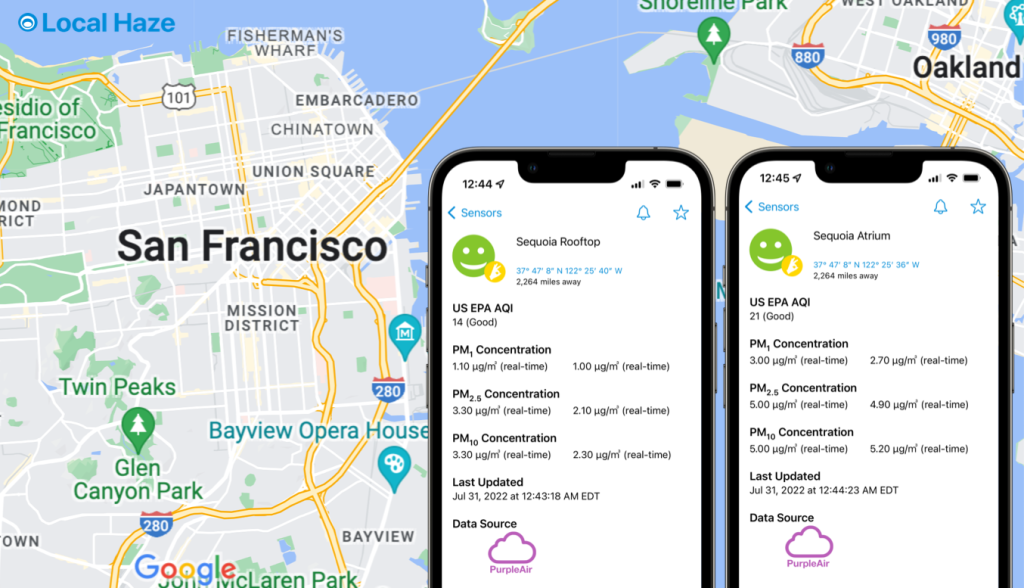
Has the installation of the sensors affected how you feel about your local air quality? For example, does it bring you any “peace of mind” to have the sensors on your building?
Yes, certainly. It gives us a small sense of control over our environment, so if there is a bad air day, we simply stay indoors and rely on the filtered air in the building to keep us safe.
Who monitors the sensor hardware to make sure that it is working properly?
Residents check the monitors/sensors every day….and if something isn’t showing up or isn’t working, we let our building maintenance team know immediately.
Do you have any other thoughts you’d like to add?
One of the things we’ve been doing is trying to educate people in the building of the importance of knowing what the AQI is on any given day is, so people can adjust their activity depending on their sensitivity.
We’ve also worked hard to debunk the theory that if the air seems to be clear, when you can see for miles and miles, it doesn’t necessarily mean that the AQI is fine. Those very fine and nearly invisible air particles can cause a lot of damage.
Thank you Michael and Judith for sharing your story about advocating for better air quality monitoring in your community!

Karen Donoghue is an interaction designer and developer of the Local Haze app. Local Haze is available for free download from the Apple App Store and monitors over 32,000 civic and low-cost air quality sensors across six continents.